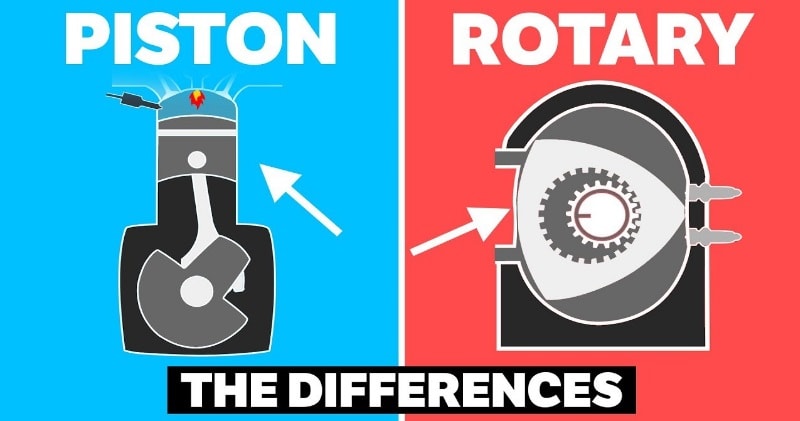Rotary engines have featured in some of the world’s coolest cars, but how do they compare to their piston-engined counterparts?A piston engine operates by forcing a tight fitting piston to move inside a cylinder with a high-pressure gas.
source/image: Car Throttle
Since this motion can only be along one axis, it must be converted to rotary motion to drive shafts, wheels, and the like, which is done with a piston rod connected to off-center portions of what we call a crankshaft.
You can see this demonstrated somewhat more simply by looking at the driver wheels on a steam locomotive, whose cylinder is usually driven by high pressure gas from both sides alternately, and whose “piston rod” extends all the way to a driven wheel’s perimeter.
Advertisement
A rotary engine uses a multiple lobed piston inside a chamber, with a high pressure gas exerting force tangential to its radius, eliminating the piston rod and crankshaft.











